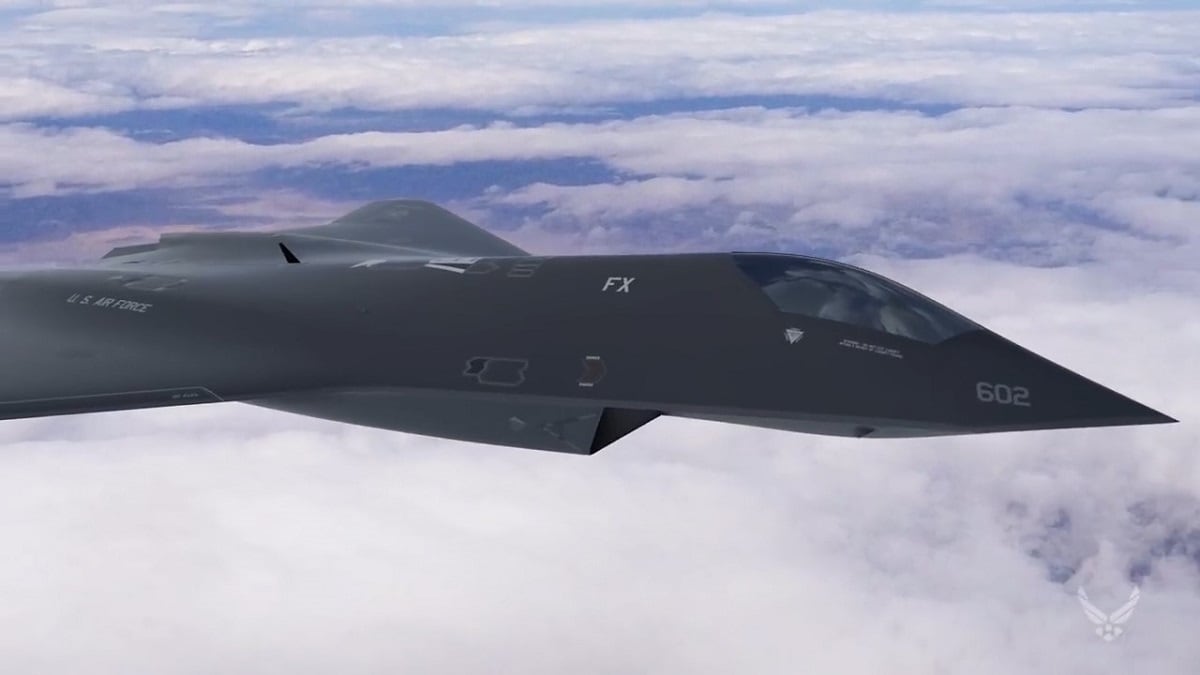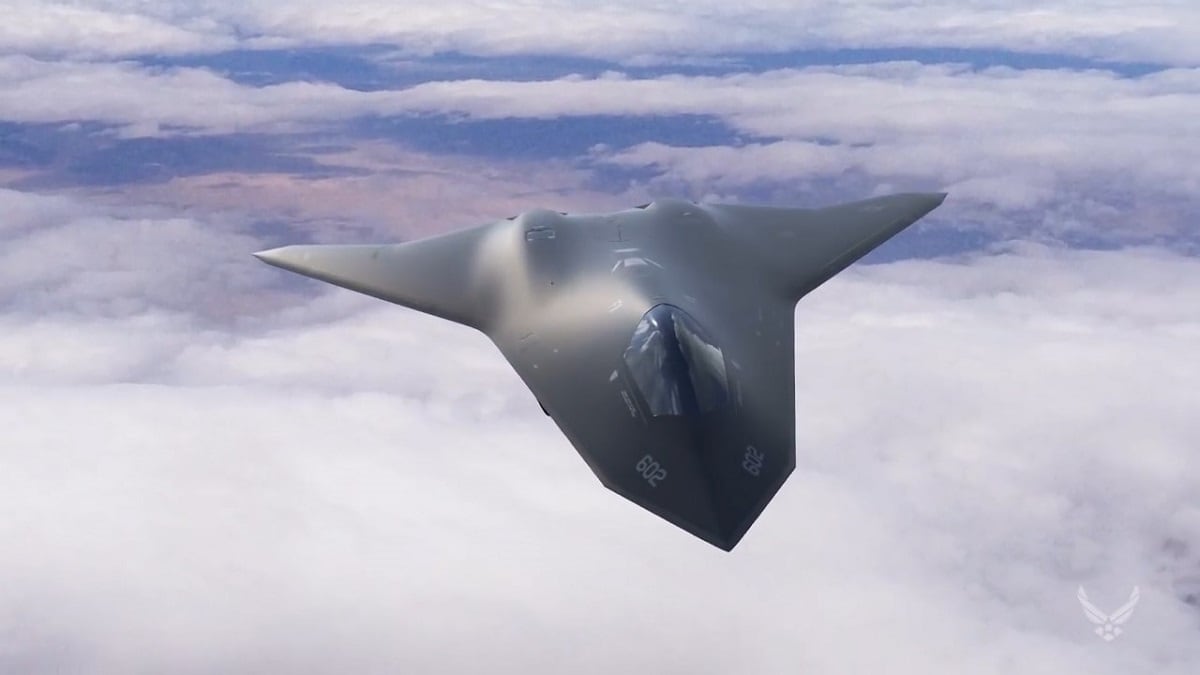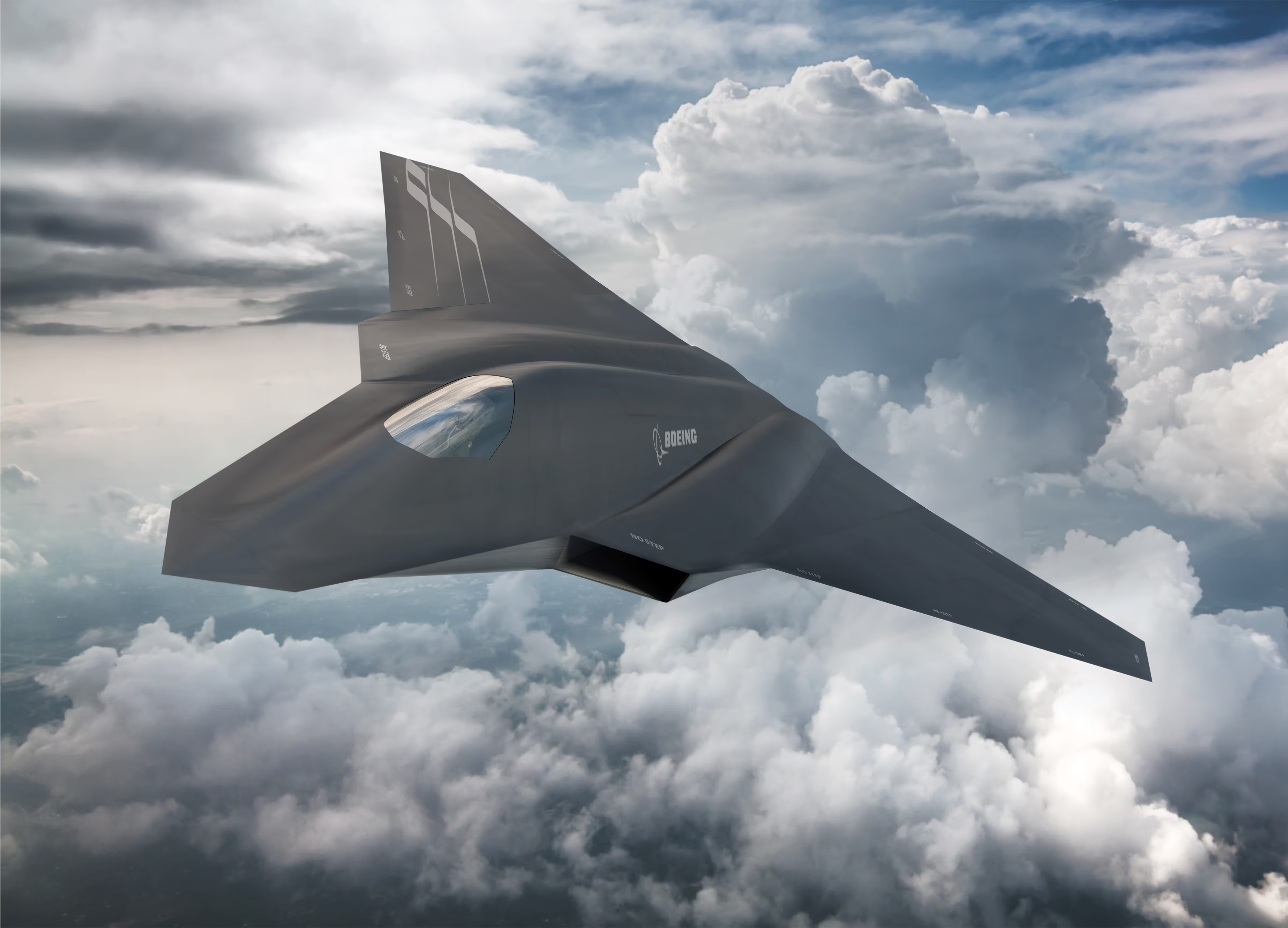WASHINGTON — The U.S. Air Force is on track to finalize a business case for its ambitious next-generation fighter this summer, its top acquisition official said Tuesday, and the results could be a make or break moment for the program.
The Air Force wants to radically shift its future fighter program — also known as Next Generation Air Dominance — to a model that the service’s acquisition executive Will Roper calls the “Digital Century Series.” This model would use new development techniques like digital engineering, open architecture and advances in software development techniques like DevSecOps to field advanced aircraft more quickly and cheaply.
At least, that’s the theory. Last September, Roper told Defense News that the program’s first order of business would be to present an acquisition strategy that would prove whether the Digital Century Series program is technologically feasible, how it should be structured and whether it would be cheaper than traditional forms of development.
RELATED

Now, the plan is almost ready, Roper said during a Tuesday event held by the Mitchell Institute for Aerospace Studies.
“I hope to have the acquisition plan for NGAD rolling into the Digital Century Series this summer,” he said. “I don’t want to go more specific than that and timeline and drumbeat for the team, because I have given them an unprecedented task.”
The Digital Century Series is much different than the Air Force’s initial sixth-generation fighter project, known as Penetrating Counter Air, which the service wanted to field the early 2030s. That jet would be part of a networked family of systems that include drones, sensors and other platforms formed after a decade of prototyping efforts.
In contrast, the Digital Century Series model would require multiple defense contractors to develop new fighter jets in a matter of years using whatever technological advances have recently emerged. The Air Force would then downselect to a single vendor, buy a small number of aircraft and restart the process — allowing for companies to constantly be designing and producing planes.
The entire process, Roper said, could take as little as five years.
In October, Col. Dale White was named head of the program executive office for advanced aircraft, which manages the NGAD portfolio of systems and oversees the Digital Century Series acquisition plan. That program office will become PEO Fighters and Advanced Aircraft at the end of June, with White having been selected for promotion to brigadier general.
The Air Force has asked for $1 billion for the NGAD program in fiscal 2021. It received $905 million for the program the previous year. However, it’s likely the Air Force will need to greatly increase that sum in future budgets.
Roper has projected that aircraft development under a Digital Century Series model could be more expensive than legacy methods due to having multiple companies under contract and requiring them to design and prototype aircraft very quickly. However, he also believes sustainment and modernization costs will be far lower.
RELATED

If that theory can be proved out in the acquisition strategy, Congress might more likely agree to fund an unconventional, experimental program.
“How long we keep the aircraft is one of the variables that they are weighing [as part of the business case]. How many years make sense? It’s clearly not two, three, four, five, but we don’t want it to be 30 either. So they’re looking at that,” Roper said Tuesday. “They’re looking at the amount of modernization that would be expected — what we would expect that to cost and if it gets easier with digital tools. And then summing it all up to see whether the cost of having a lethal airplane per year is less than for the Digital Century Series model than for the traditional."
“If it is, that is going to really help us, I hope, because we’ll show that data and argue that it is not just better from a ‘competing with China and lethality’ standpoint. It’s just better from a business standpoint,” Roper said. “If it breaks even or is less [than traditional methods], I will be exceptionally happy. If it’s more expensive — and I hope not exceptionally more — then we’re going to have to argue” on behalf of the program.
Valerie Insinna is Defense News' air warfare reporter. She previously worked the Navy/congressional beats for Defense Daily, which followed almost three years as a staff writer for National Defense Magazine. Prior to that, she worked as an editorial assistant for the Tokyo Shimbun’s Washington bureau.






